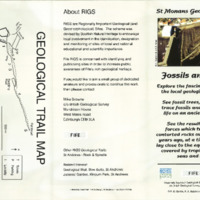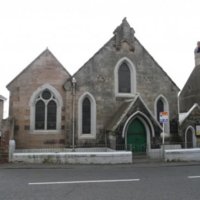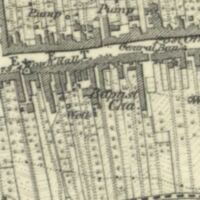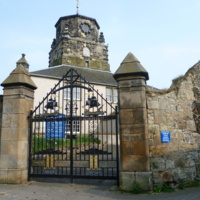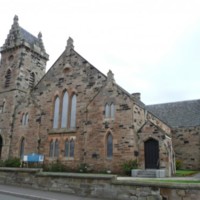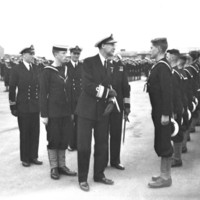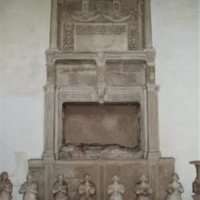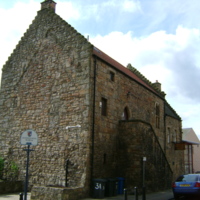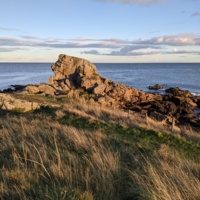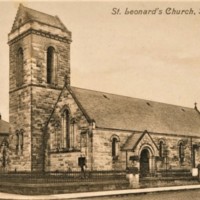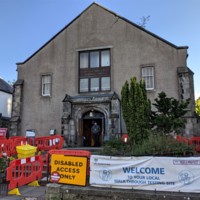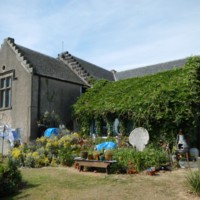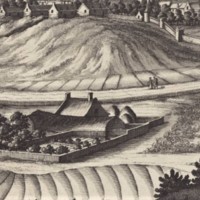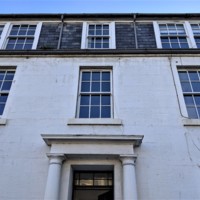array(0) {
}


Aberdour Free Church
array(0) {
}


Anti-Burgher Church, Pathhead
array(0) {
}


Buckhaven Christian Fellowship
array(0) {
}


Central Gospel Mission Revival Centre, Methil
array(0) {
}


Chapel, Hope Street, Inverkeithing
array(0) {
}


Flying Angel Military Chapel, Methil
array(0) {
}


Gospel Hall, Methil
array(0) {
}


Meeting House, North Queensferry
array(0) {
}


Methil Tin Kirk
array(0) {
}


Methil West Church
array(0) {
}


St Martha’s Hospital and St Fillan’s Well, Aberdour
array(0) {
}


St Martha’s Nunnery, Aberdour
array(0) {
}


St Martin’s Church, Aberdour
array(0) {
}


St Serf’s Church, Culross
array(0) {
}


St. Teresa's Roman Catholic Church, Aberdour







